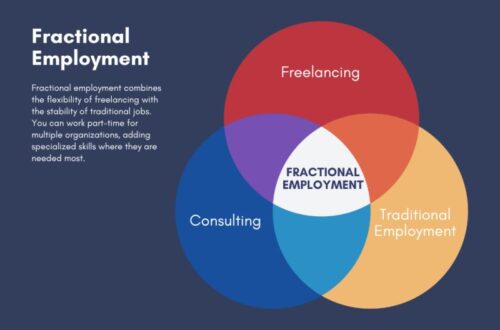
Lending vs Investment: What’s the Right Funding Route for Your Business?
For start-ups and growing businesses, securing capital is essential—but the method of raising it can have lasting implications. Two of the most common routes are lending (debt financing) and investment (equity financing). Each comes with unique benefits and drawbacks depending on your business model, stage of growth, and risk appetite.
Below, we unpack the pros and cons of each to help founders and business leaders make more informed decisions.
Lending (Debt Financing)
Debt financing involves borrowing money that must be repaid over time, usually with interest. This could be in the form of bank loans, government schemes, revenue-based finance, or alternative lenders.
✅ Pros of Lending
- You retain full ownership
Unlike equity investment, loans don’t dilute your shareholding. This is ideal for founders who want to maintain control. - Predictable repayment terms
Debt is structured: regular repayments with defined timelines make planning easier (as long as cash flow supports it). - Tax-deductible interest
Interest payments on debt are often tax-deductible, which can reduce your tax burden. - Speed and simplicity
Certain forms of lending (like revenue-based or short-term working capital loans) can be quicker and less complex than negotiating an equity deal. - Improves credit profile
Successfully managing debt builds your business’s creditworthiness, making future borrowing easier.
❌ Cons of Lending
- Cash flow pressure
Fixed repayments must be made regardless of business performance, which can strain cash flow—especially in early or volatile stages. - Personal guarantees and collateral
Many lenders require founders to personally guarantee loans or offer business assets as security. - Harder to access at early stage
Pre-revenue start-ups or businesses with limited trading history often struggle to access meaningful debt without strong collateral or credit. - Covenants and restrictions
Some loans come with covenants (restrictions on business activities), which can limit flexibility.
Investment (Equity Financing)
Equity financing involves raising capital by selling shares in your business to investors—angel investors, venture capital firms, private equity, or crowdfunding platforms.
✅ Pros of Investment
- No immediate repayments
Investors take a long-term view and typically only see returns when the business exits (e.g., IPO or sale). This frees up cash in the short term. - Strategic value and networks
Investors often bring expertise, connections, and credibility. Good investors can accelerate growth beyond capital alone. - Risk-sharing
Investors share in both upside and downside. If the business underperforms, you don’t owe them repayments like with debt. - Enables aggressive growth
Equity funding allows for big, upfront investments into product, talent, and market expansion without repayment pressure.
❌ Cons of Investment
- Dilution of ownership
Selling equity means giving up a portion of your company. Over multiple rounds, founders can lose majority control. - Investor influence
With ownership comes power. Investors may seek board seats, veto rights, or decision-making authority. - Longer and more complex process
Raising investment can take months, with due diligence, negotiations, and legal paperwork. - Exit expectations
Investors are typically focused on achieving a strong financial return—often requiring a sale or IPO within 5–10 years. This can clash with a founder’s vision or timeline.
When to Choose Lending vs Investment
| Scenario | Lending (Debt) | Investment (Equity) |
|---|---|---|
| Early-stage with no revenue | ❌ Risky or unavailable | ✅ Common route (e.g., angel or VC) |
| Stable cash flow business | ✅ Strong fit | ❌ Less attractive to equity investors |
| Growth-focused, capital intensive | ❌ High repayment risk | ✅ Best suited for scale-up funding |
| Want to maintain control | ✅ No dilution | ❌ Requires share giveaways |
| Need strategic partners | ❌ Purely transactional | ✅ Can add strategic value |
| Need cash quickly | ✅ Some lenders fast | ❌ Equity can take months to close |
Final Thoughts
There’s no one-size-fits-all solution. The right funding path depends on your:
- Stage of growth
- Risk profile
- Cash flow
- Appetite for dilution
- Need for strategic input
Many businesses eventually use a hybrid approach—mixing debt and equity across different stages to maximise flexibility and control. The key is understanding the trade-offs and aligning your funding strategy with your long-term vision.




